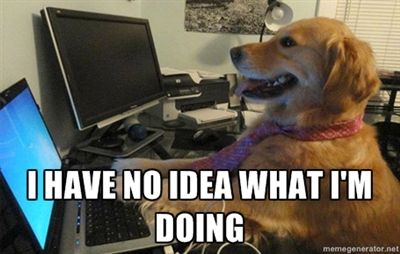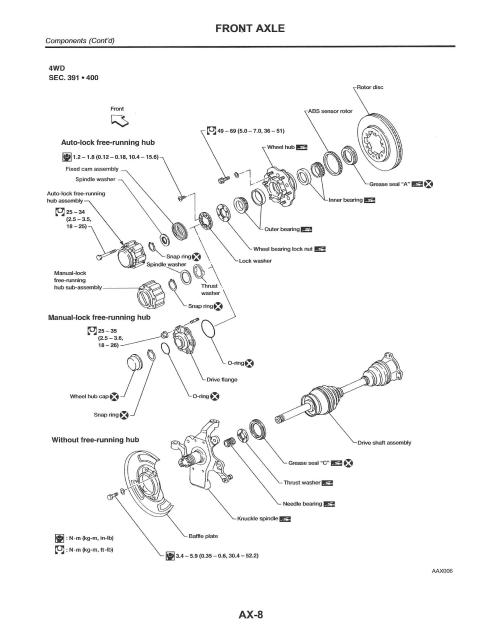Frogstar7055
Wheeling
- Location
- Jacksonville FL
After changing broken CV (had both hubs off) I had a sticky hub.
Took it completely apart,plastic piece looked fine. Put it back together and now it's working fine.
Now to my question........
I've been a mechanic,gas turbine tech and lastly a machinist for the last 25 years but for the life of me I don't understand how these things work.
Not a dummy but I just don't see it. Don't see how rotational torque from the CV shaft makes it engage.
Anybody care to explain? (TJ hoping you'll chime in)
Took it completely apart,plastic piece looked fine. Put it back together and now it's working fine.
Now to my question........
I've been a mechanic,gas turbine tech and lastly a machinist for the last 25 years but for the life of me I don't understand how these things work.
Not a dummy but I just don't see it. Don't see how rotational torque from the CV shaft makes it engage.
Anybody care to explain? (TJ hoping you'll chime in)



